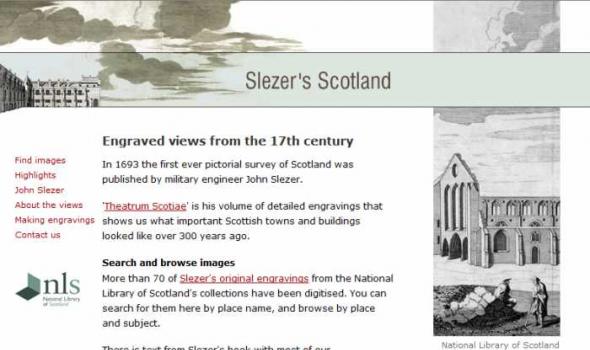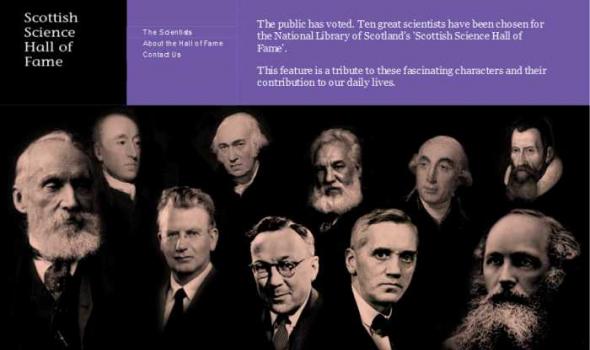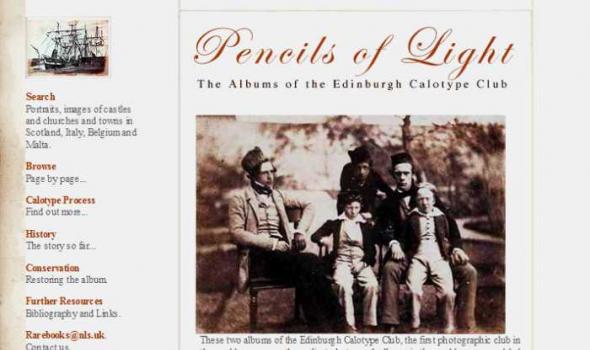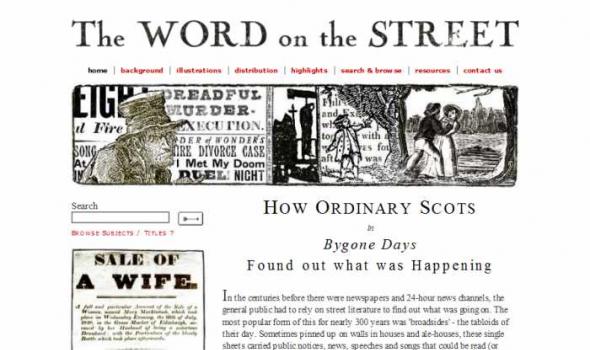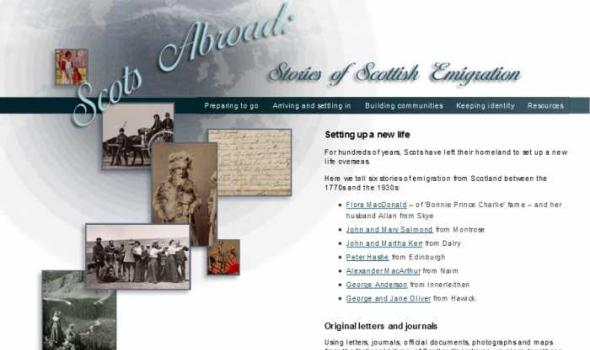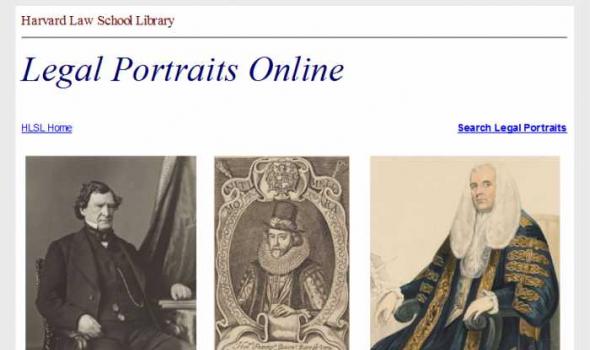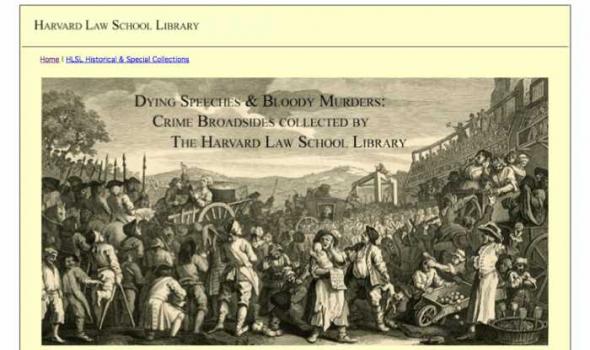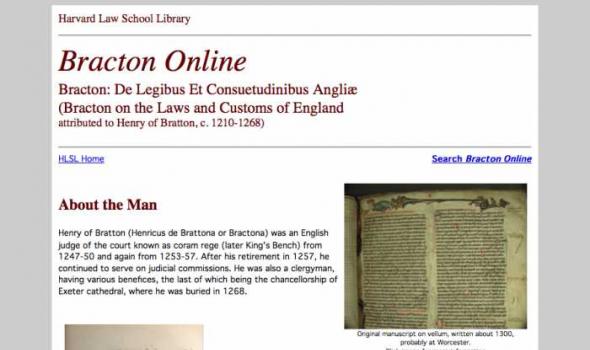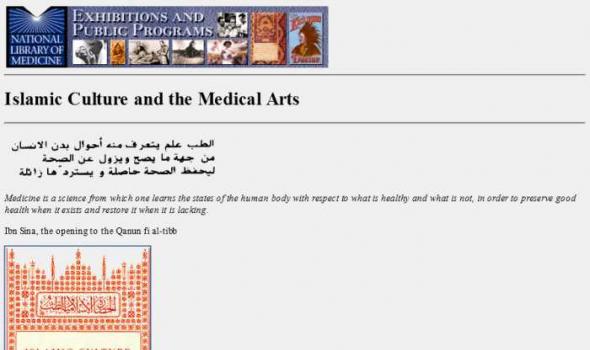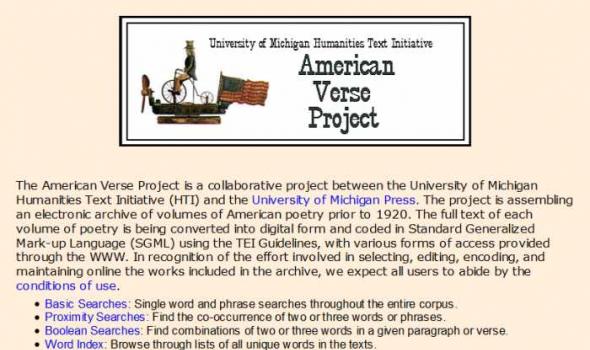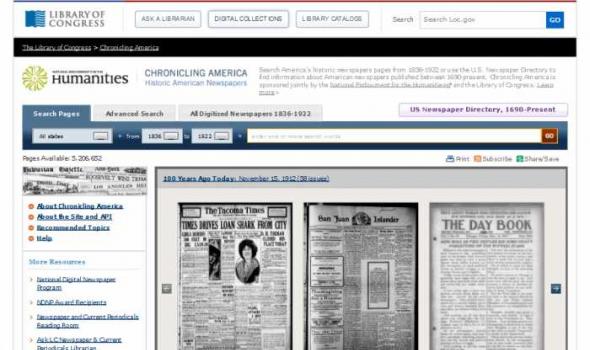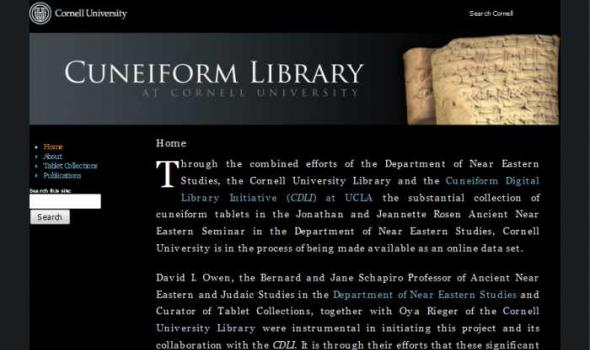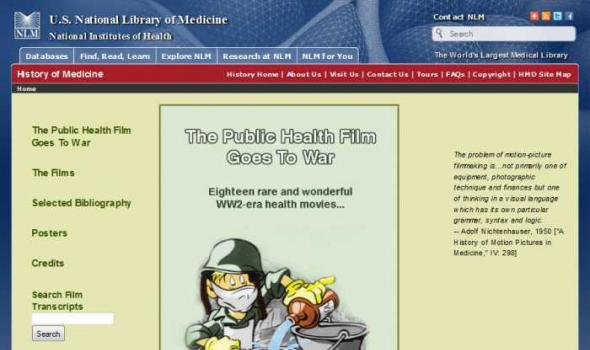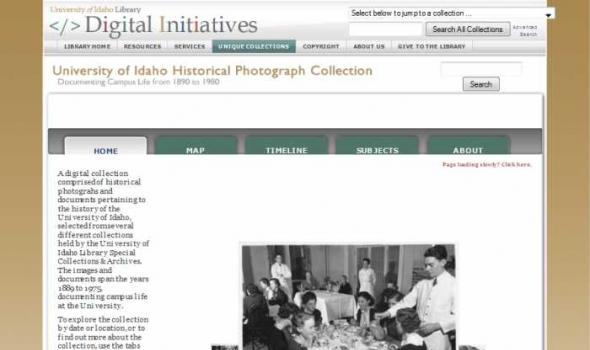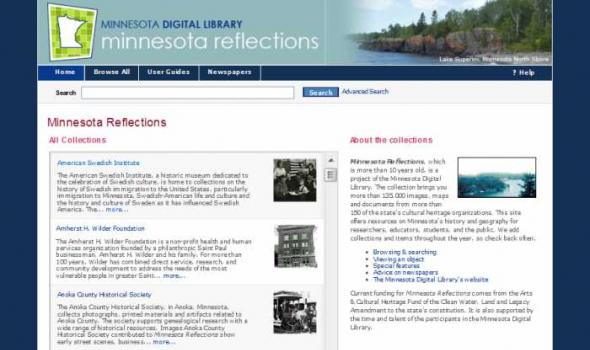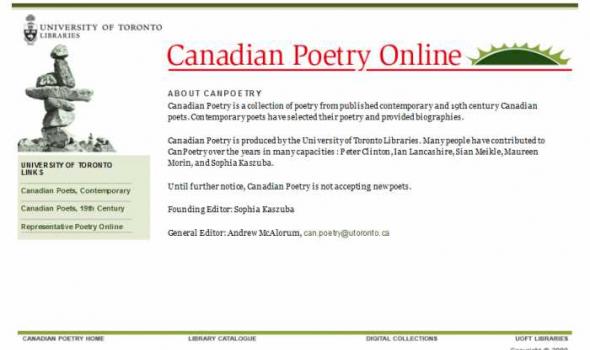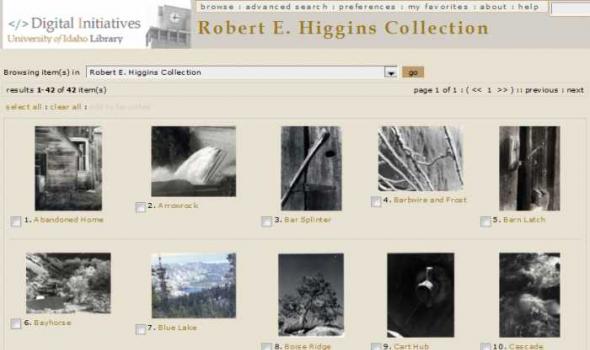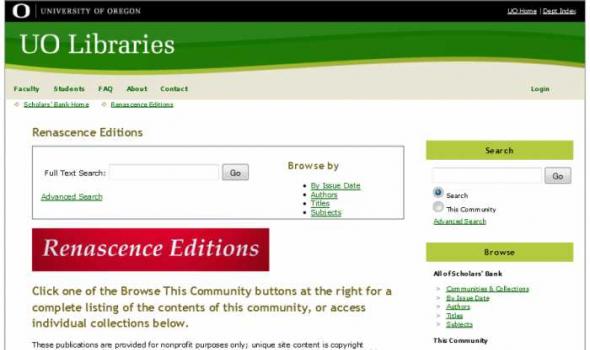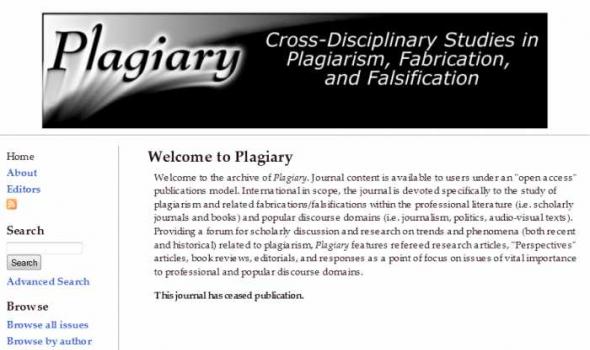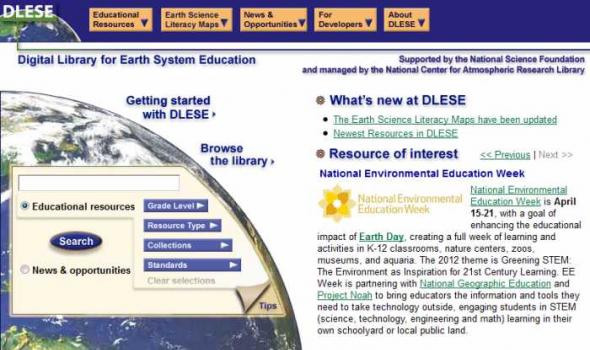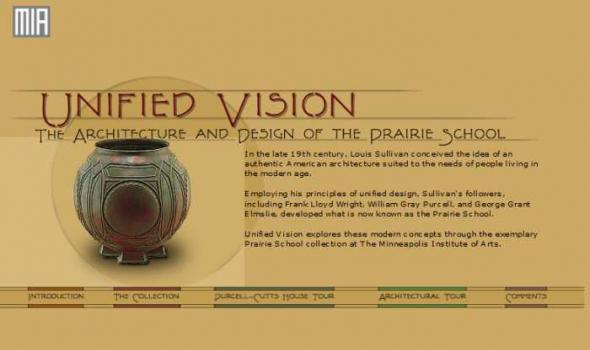Category: Social Sciences, United Kingdom
Results
Experience the First World War through the eyes of three very different people who took part in it. Click on the character whose story you want to follow. Click 'For Schools' for educational material designed for use in Scottish schools.
General Douglas Haig (later Field Marshal Earl Haig) was British Commander in Chief for the greater part of the First World War. Follow his war through his diaries, letters, and photos by clicking on his photograph.
Nurse Mairi Chisholm knew more about the war and its horrors than most women. You can follow her wartime experiences by clicking on the photograph.
In 1693 the first ever pictorial survey of Scotland was published by military engineer John Slezer.
'Theatrum Scotiae' is his volume of detailed engravings that shows us what important Scottish towns and buildings looked like over 300 years ago.
Search and browse images
More than 70 of Slezer's original engravings from the National Library of Scotland's collections have been digitised. You can search for them here by place name, and browse by place and subject.
There is text from Slezer's book with most of our zoom-and-pan images, and we give links to relevant online maps.
Mapmaking and printing from 1820 to 2002
The Bartholomew Archive is the remarkable record of the Edinburgh-based firm of map engravers, printers and publishers, John Bartholomew & Son Ltd. It is one of the most extensive cartographic archives available for research in a public institution.
Members of the Bartholomew family were engaged in map-making from the first known map engraving work of George Bartholomew in 1825. John Bartholomew junior started printing operations before 1870. For more than a century afterwards the Bartholomew firm specialised in high-quality map production.
Importance of the archive
The Bartholomew Archive enables us to:
Over the past 300 years or so, Scottish scientists have provided the world with important ideas and inventions. Many of these shape our lives today.
Science is behind many objects we take for granted, such as Alexander Graham Bell's telephone and John Logie Baird's television. It is thanks to scientists like Alexander Fleming that we now have life-saving advances in medicine.
Imagine what life would be like without the work of these, and other, pioneering Scottish scientists.
A GUID Cause, The Women's Suffrage Movement in Scotland - Their struggles for change withing society About This resource will help you to discover more about the history of the women's suffrage movement in Scotland by exploring and investigating archive sources from the National Library of Scotland's collections. Developed by teachers The projects and learning activities have been developed by teachers specifically for use by secondary school pupils and teachers. The activities support the outcomes, experiences and capacities outlined in the Curriculum for Excellence. Activities and research The sources section contains a selection of archive material, including photographs, newspaper articles and diary entries, which help tell the story of women's suffrage in Scotland.
Golf in Scotland: A swing through time
The origins of golf are a matter of mystery and controversy.
Shown here are some of the earliest sources for the history of golf in Scotland. They shed light on the birth of the game, its language, techniques and equipment.
Social side of golf
They also tell us much about the social standing of golf as it developed from an outlawed activity to the world's most internationally important game.
World's first golf club
Documents and texts from the National Library of Scotland's collections and other sources give an insight into the early days of the game.
These two albums of the Edinburgh Calotype Club, the first photographic club in the world, are among the earliest photograph albums in the world ever assembled. They contain over 300 images by a group of pioneering Scottish photographers working in Edinburgh and St. Andrews.
Early documents relating to events of the past make essential - and fascinating - reading for anyone interested in Scottish history. But these primary sources are often not readily accessible.
Fortunately, many of these rare documents have been published by historical clubs and societies, and are available at the National Library of Scotland.
In the centuries before there were newspapers and 24-hour news channels, the general public had to rely on street literature to find out what was going on. The most popular form of this for nearly 300 years was 'broadsides' - the tabloids of their day. Sometimes pinned up on walls in houses and ale-houses, these single sheets carried public notices, news, speeches and songs that could be read (or sung) aloud.
The National Library of Scotland's online collection of nearly 1,800 broadsides lets you see for yourself what 'the word on the street' was in Scotland between 1650 and 1910. Crime, politics, romance, emigration, humour, tragedy, royalty and superstitions - all these and more are here.
For hundreds of years, Scots have left their homeland to set up a new life overseas.
Here we tell six stories of emigration from Scotland between the 1770s and the 1930s:
* Flora MacDonald – of 'Bonnie Prince Charlie' fame – and her husband Allan from Skye
* John and Mary Salmond from Montrose
* John and Martha Kerr from Dalry
* Peter Hastie from Edinburgh
* Alexander MacArthur from Nairn
* George Anderson from Innerleithen
* George and Jane Oliver from Hawick.
Original letters and journals
Using letters, journals, official documents, photographs and maps from the National Library of Scotland's archives, we piece together a picture of Scots abroad.
Related Reading: A complex network of intersecting financial, legal, political, and cultural factors all contributed to the development of the South Sea Bubble, the eventual collapse of the South Sea Company in 1720, and the financial ruin left in its wake. The years leading up to the South Sea Bubble were a time of financial promise and enthusiasm for Britain. Following the War of Spanish Succession (1701-1714), there was the increased potential of foreign trade and the turn toward a more global marketplace. Wealth and luxury were no longer reserved to the aristocracy. Consumerism was on the rise, and class and gender boundaries were increasingly blurred when it came to investing in the stock market.
The public's fascination with the human drama of the courtroom did not begin with Perry Mason or Court TV. Cases involving the relationships between men and women, within or outside the bonds of marriage, have long engaged the popular imagination. In the eighteenth and nineteenth centuries, published accounts of sensational trials provided the public with both entertainment and cautionary tales. Studies in Scarlet presents the images of over 420 separately published trial narratives from the Harvard Law School Library's extensive trial collections.
About the Collection As part of its holdings of legal art and visual materials , the Harvard Law School Library owns a collection of over 4000 portrait images of lawyers, jurists, political figures, and legal thinkers dating from the Middle Ages to the late twentieth century. Although most of these prints, drawings, and photographs depict legal figures prominent in the Common Law, a significant number portray jurists and legal educators associated with the Canon and Civil Law traditions.
Just as programs are sold at sporting events today, broadsides -- styled at the time as "Last Dying Speeches" or "Bloody Murders" -- were sold to the audiences that gathered to witness public executions in eighteenth- and nineteenth-century Britain. These ephemeral publications were intended for the middle or lower classes, and most sold for a penny or less. Published in British towns and cities by printers who specialized in this type of street literature, a typical example features an illustration (usually of the criminal, the crime scene, or the execution); an account of the crime and (sometimes) the trial; and the purported confession of the criminal, often cautioning the reader in doggerel verse to avoid the fate awaiting the perpetrator.
Henry of Bratton (Henricus de Brattona or Bractona) was an English judge of the court known as coram rege (later King's Bench) from 1247-50 and again from 1253-57. After his retirement in 1257, he continued to serve on judicial commissions. He was also a clergyman, having various benefices, the last of which being the chancellorship of Exeter cathedral, where he was buried in 1268.
The Swinburne Project is a digital collection, or virtual archive, devoted to the life and work of Victorian poet Algernon Charles Swinburne. When complete the project will provide students and scholars with access to all available original works by Swinburne and selected contextual materials, including contemporary critical reactions, biographical works, and images of artwork about which Swinburne wrote. Major Update to Swinburne Project In April 2006, the Swinburne Project was re-released with new content and a new software system based on the eXtensible Text Framework (XTF) from the California Digital Library .
- « first
- ‹ previous
- 1
- 2
- 3

